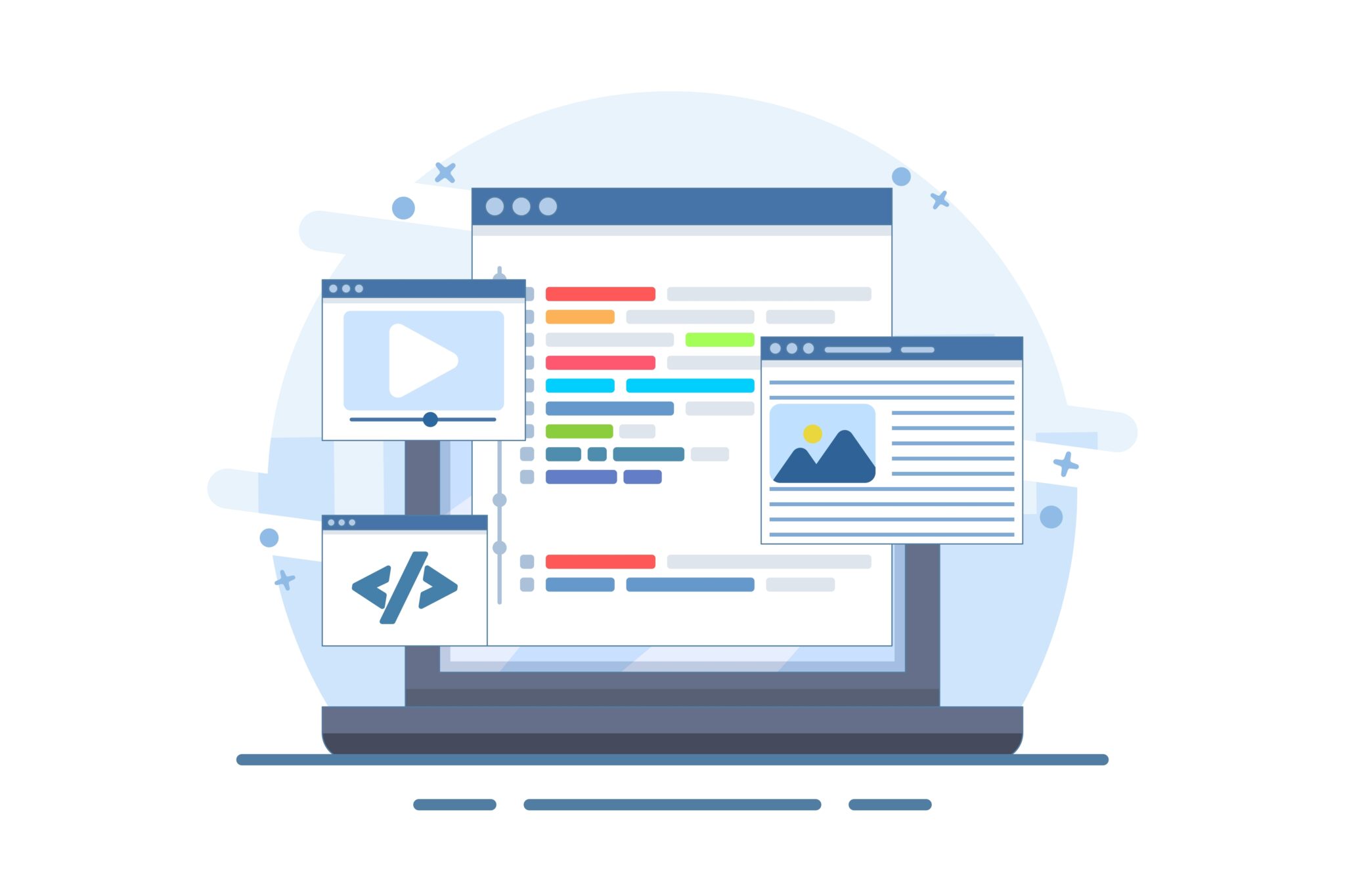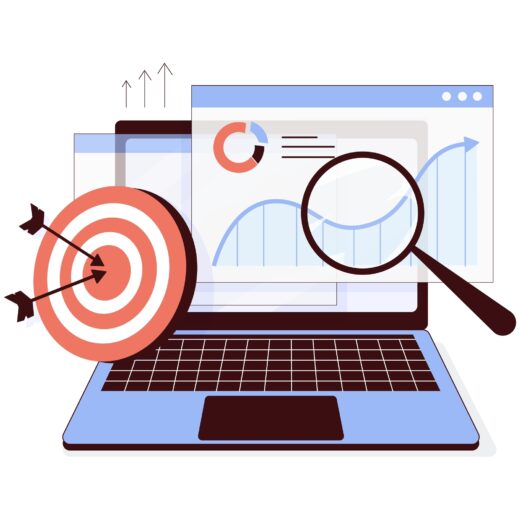Understanding the EU Artificial Intelligence Act

The European Union has always been at the forefront of technological regulation and innovation, striving to balance the benefits of new technologies with the protection of fundamental rights. The EU Artificial Intelligence Act, proposed in April 2021, is a landmark regulation aimed at ensuring that AI technologies are safe, transparent, and respect European values. This Act is part of the EU’s broader digital strategy to create a trustworthy AI development and deployment ecosystem.
Objectives of the AI Act
The primary goal of the AI Act is to create a regulatory framework that fosters innovation while protecting the rights and freedoms of individuals. It seeks to:
- Ensure AI Systems are Safe: The Act mandates rigorous testing and assessment of AI systems to prevent harm to individuals.
- Promote Transparency: It requires clear documentation and information about how AI systems work, enabling users to make informed decisions.
- Safeguard Fundamental Rights: The Act includes provisions to prevent discrimination and protect privacy, ensuring AI systems respect European values and human rights.
Risk-Based Approach to AI Regulation
One of the key features of the AI Act is its risk-based approach, classifying AI applications into different risk categories:
Unacceptable Risk
AI systems that pose a clear threat to the safety, livelihoods, and rights of people are classified under this category and are banned. This includes systems that manipulate human behavior, exploit vulnerabilities, or are used for social scoring by governments.
High Risk
High-risk AI systems are those that have significant implications for people’s safety or fundamental rights. These include AI used in critical infrastructure, law enforcement, and employment. High-risk systems must adhere to strict requirements, including risk management, data governance, transparency, and human oversight.
Limited Risk
AI applications with limited risks are subject to lighter regulations. They need to provide transparency by informing users that they are interacting with an AI system, ensuring users are aware and can make informed choices.
Minimal Risk
Minimal risk AI applications, such as AI used in video games or spam filters, are largely exempt from regulatory requirements. The Act encourages innovation in these areas with minimal regulatory burdens.
Compliance and Enforcement
The AI Act outlines comprehensive compliance mechanisms to ensure adherence to its regulations. Companies developing high-risk AI systems must undergo conformity assessments before bringing their products to market. Additionally, the Act establishes national supervisory authorities and a European Artificial Intelligence Board to oversee implementation and enforcement.
Penalties for Non-Compliance
To ensure robust enforcement, the AI Act imposes significant penalties for non-compliance. Companies that violate the regulations can face fines of up to 6% of their global annual turnover or €30 million, whichever is higher. This stringent penalty framework underscores the EU’s commitment to enforcing its AI regulations.
Impact on Businesses and Innovation
The AI Act presents both challenges and opportunities for businesses. While the stringent requirements for high-risk AI systems may increase compliance costs, the Act also creates a level playing field by setting clear rules and standards. This can foster trust among consumers and encourage the adoption of AI technologies.
Moreover, the Act’s emphasis on transparency and accountability can drive innovation by pushing companies to develop safer and more reliable AI systems. By creating a clear regulatory environment, the EU aims to position itself as a global leader in ethical AI development.
The EU Artificial Intelligence Act represents a significant step towards creating a safe and trustworthy AI ecosystem. By adopting a risk-based approach and enforcing stringent compliance measures, the Act aims to protect fundamental rights while fostering innovation. As the AI landscape continues to evolve, the EU’s proactive stance on regulation will likely serve as a model for other regions looking to balance technological advancement with ethical considerations.








